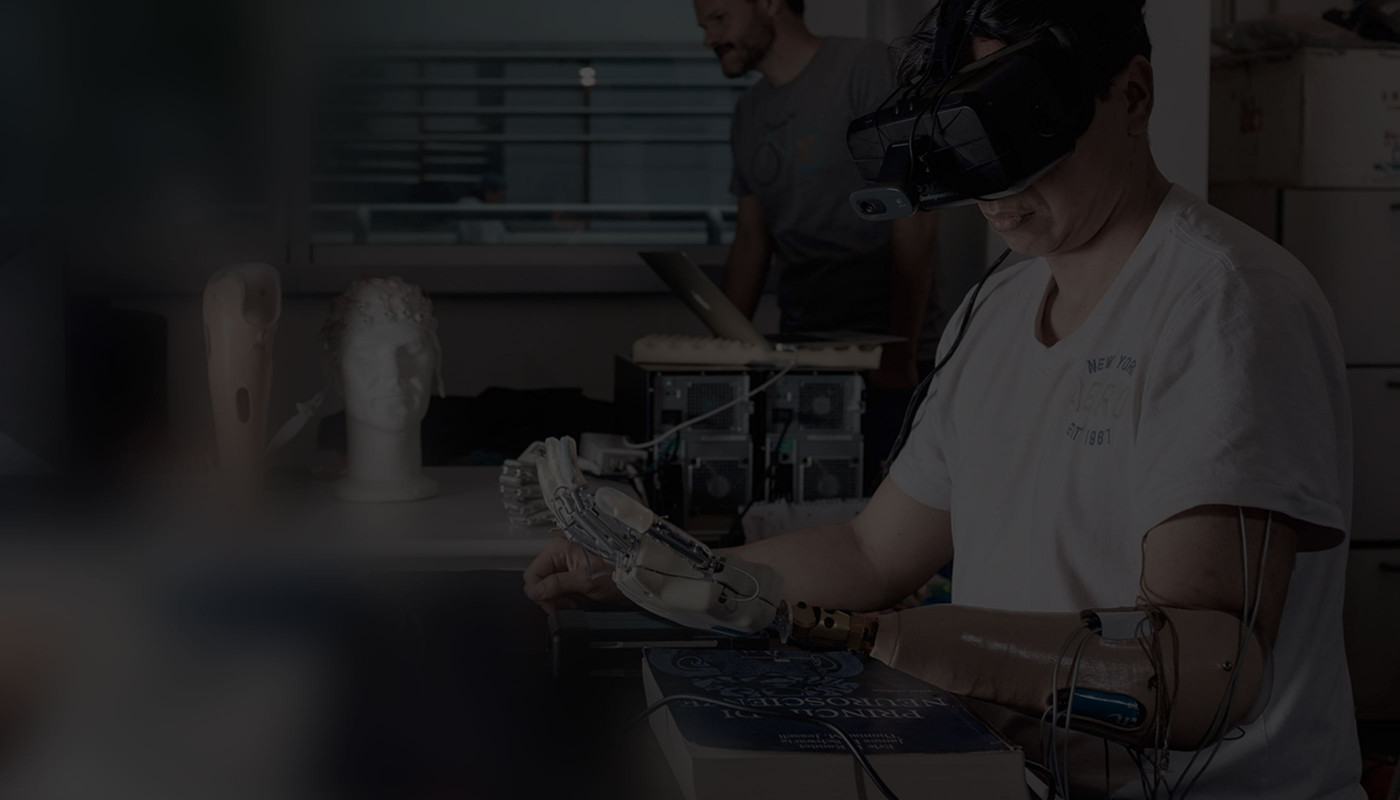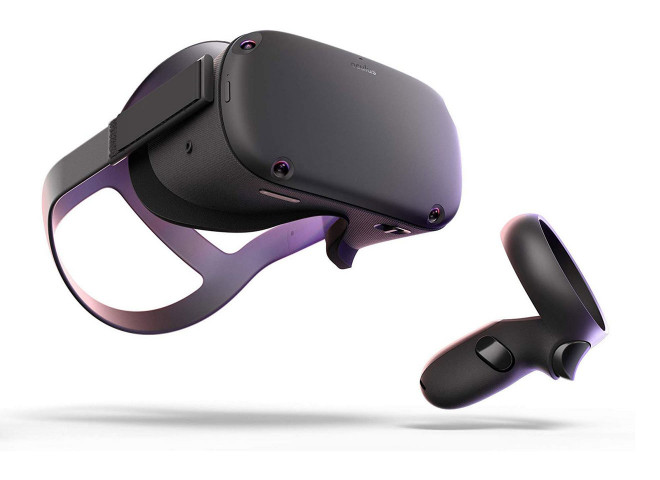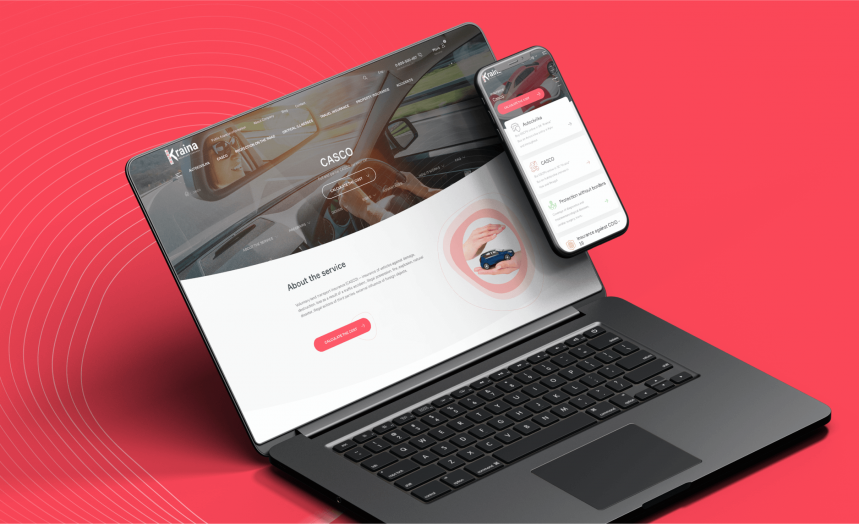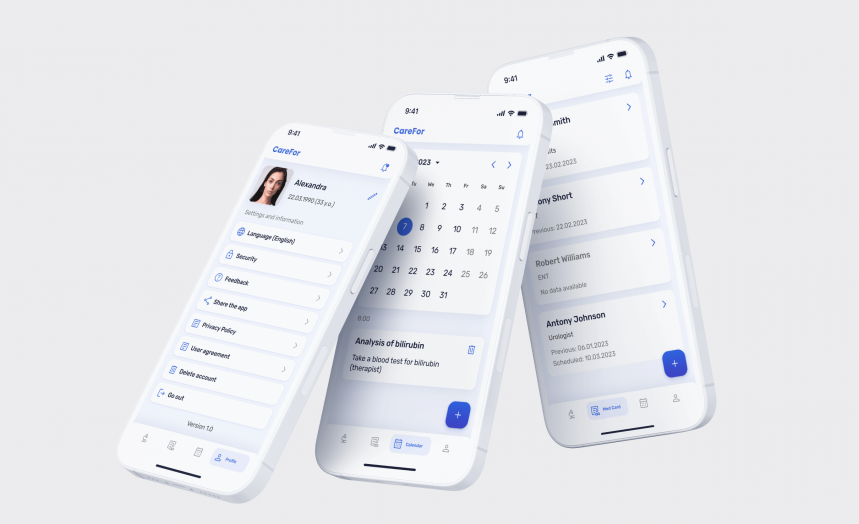
AR/VR in Prosthetics (3Shape) Service
What is AR/VR in prosthetics (3Shape)?
Save your clinicians the hassle of using non-specialized prosthetic design software. Our team will develop a professional prosthetic solution based on advanced technologies to improve the results' accuracy and eliminate the human factor's influence. Contact us to discuss the details of your project.

cutting-edge product
Development of a cutting-edge product to enhance your medical center's related services.
Ensuring integration
Ensuring integration of the new software with the rest of the applications in your IT infrastructure.
timely troubleshoot
Provision of the opportunity to timely troubleshoot technical problems with an already deployed solution.
Software Company WEZOM
Our objective is to develop a profitable and effective solution that helps clients to expand their businesses and overcome financial constraints. We are committed to exceptional service and utilizing all resources to bring the finest products & services.
We've Been Awarded Plenty for the Milestones We Have Achieved
What clients say

We chose WEZOM amongst other companies because they provided prototypes of future systems and we had a clear understanding of what the finished product would look like. We worked with the team on several projects, including the development of a CRM with adaptation for desktop and mobile versions, as well as the creation of a suite of server applications that are available on iOS, Android, and online. We are very pleased with the results and the flexibility of the WEZOM team.

I am very satisfied wit the work process and project management. Everything was clear, on time and I had nothing specific to add. Yes, we are satisfied with the result of the work and the product meets the goals set. I can't wait to continue our work on the app.

Thanks to WEZOM, our sales increased by 65% and conversions increased by 150%. The team fully developed an online store for us, with 1C and amoCRM integrations. The guys conducted a market analysis, created a mind map with all the functions of the future site, and argued for each element of development. Everything was transparent, and the quality was high.
Questions & Answers
Can AR and VR be used together?
Combining AR and VR in the healthcare market allows engineers to significantly push the boundaries of science and technology, as well as medicine and exploration. There are many ways of combining these three technologies, but a handful of applications stand out today. Leveraging technology like AR & VR can bring many benefits and innovations to different professionals in the field.
How much does VR software cost?
The cost of VR software in healthcare varies depending on different factors. As for the simplest VR apps, they will cost between $3,000 and $9,000. The cost of more complex VR software used in healthcare typically depends on complexity and functions, but this technology is undoubtedly helpful for medical professionals as it simplifies many processes.
Revolutionizing Prosthetics with AR/VR: Explore the Power of 3Shape Solutions
Transforming Prosthetics with AR/VR Technology
In the realm of prosthetics, the integration of Augmented Reality (AR) and Virtual Reality (VR) technology has ushered in a new era of innovation. At Wezom, we specialize in providing advanced software solutions for AR/VR in prosthetics using 3Shape technology. Our comprehensive solutions are designed to enhance the design process, improve patient outcomes, and revolutionize the field of prosthetic care.
Experience the Future of Prosthetics with 3Shape AR/VR Solutions
Are you seeking ways to leverage cutting-edge technology to enhance the design and fitting of prosthetics? Look no further! Our software solutions, powered by 3Shape technology, are meticulously crafted to address the unique challenges faced in the realm of AR/VR prosthetics. Here's how our innovative solutions can transform prosthetic care:
1. Enhanced Design and Visualization Leverage the power of AR/VR technology to create highly realistic and precise prosthetic designs. Our software solutions allow prosthetists to visualize and modify designs in a virtual environment, improving accuracy and customization. Enhance patient engagement by allowing them to preview and provide input on their prosthetic design.
2. Improved Fitting and Functionality Achieve optimal fit and functionality with our AR/VR solutions. Prosthetists can simulate the fitting process in a virtual environment, making necessary adjustments before the physical fitting. This reduces trial and error, improves efficiency, and ensures a comfortable and functional prosthetic for the patient.
3. Personalized Patient Experience Enhance the patient experience by incorporating AR/VR technology into prosthetic care. Patients can explore and interact with virtual models of their prosthetic, gaining a better understanding of its appearance and functionality. This empowers them to make informed decisions and actively participate in the design process.
4. Collaboration and Training Facilitate collaboration among prosthetists and interdisciplinary teams through AR/VR technology. Our solutions enable real-time collaboration, allowing experts to provide guidance and input remotely. Additionally, AR/VR can be used for training purposes, allowing students and practitioners to practice and refine their skills in a virtual environment.
5. Research and Development Leverage AR/VR technology to advance the field of prosthetics through research and development. Our software solutions provide tools for simulating and analyzing prosthetic performance, exploring new design concepts, and optimizing manufacturing processes. This drives innovation and pushes the boundaries of prosthetic care.
Partner with Wezom for AR/VR Prosthetics Solutions with 3Shape Technology
Embrace the digital transformation of prosthetics with Wezom's innovative software solutions powered by 3Shape technology. Our advanced AR/VR solutions revolutionize the design process, improve patient outcomes, and elevate the field of prosthetic care. Experience the future of AR/VR in prosthetics by partnering with us for highly customizable software solutions.
Contact us today to schedule a consultation and discover how Wezom can transform your prosthetic care into a seamless, efficient, and patient-centric experience. Unlock the full potential of AR/VR technology in prosthetics with Wezom's cutting-edge solutions powered by 3Shape technology.





